DIY Seed Starting and Potting Mix for Gardeners
Go4Turf
February 18, 2024
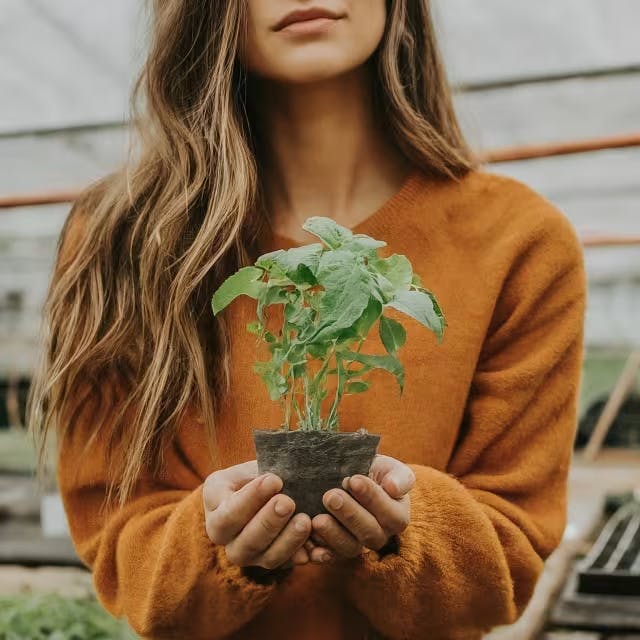
Embarking on the journey of starting your garden projects indoors offers a unique opportunity to get ahead in the gardening season. With the right knowledge, including choosing high-quality seeds and understanding the nuances of seed viability, gardeners can significantly enhance their plant-growing success. In this article on DIY seed starting and potting mix for gardeners, we delve into creating the perfect seed starting mix at home, emphasizing the importance of a fine, well-aerated, and disease-free medium to ensure your seedlings get the best start. We’ll guide you through selecting the right ingredients, the benefits of crafting your own mix, and a step-by-step guide to prepare your garden for experimentation with new plant varieties, thus maximizing your gardening potential.
Key Takeaways
To ensure seedlings get the best start, it's crucial to use a fine, well-aerated, and disease-free seed starting mix.
High-quality seeds and a deep understanding of seed viability can significantly boost plant-growing success.
Creating your own potting mix allows for customization to meet the specific needs of different plant varieties.
Selecting the right ingredients is essential for a successful DIY seed starting mix, impacting plant health and growth.
Crafting your own potting mix can offer benefits such as cost savings, improved plant health, and the ability to experiment with new plant varieties.
A step-by-step guide can help gardeners mix their first batch of potting mix, experimenting and optimizing for the best plant growth results.
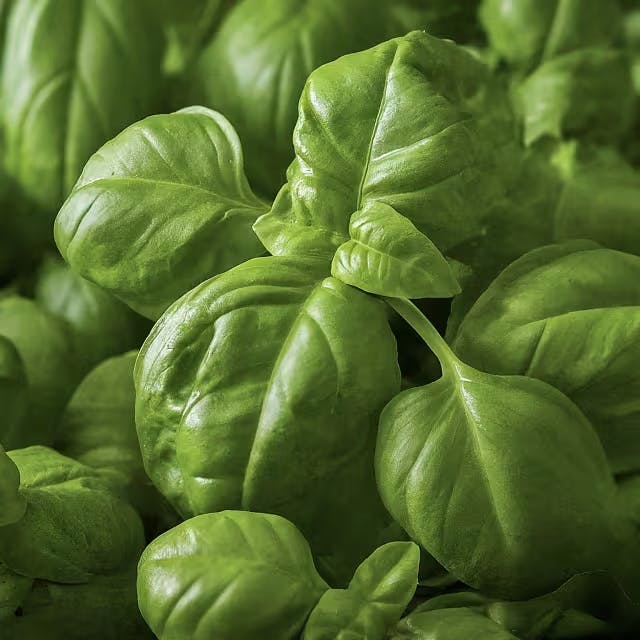
Understanding the Essentials of Seed Starting Mix
Starting seeds indoors is a thrilling venture for any gardener, signaling the beginning of a new growing season. A successful start often hinges on using the right DIY seed starting and potting mix. This mix is not just about getting your seeds to germinate; it's the foundation of your plant's early life, ensuring it has all it needs for strong, healthy growth.
For optimal results, consider making your own seed starting mix. This not only allows you to control what goes into your mix but can also be more cost-effective in the long run. A basic DIY mix might include components like peat moss or coconut coir for moisture retention, vermiculite or perlite for aeration, and some compost for nutrients.
Here's a quick guide to get you started:
Peat Moss or Coconut Coir: These provide a light, moisture-retentive base for your mix.
Vermiculite or Perlite: These help aerate the mix, preventing compaction and allowing roots to grow freely.
Compost: Provides essential nutrients to your young plants.
Remember, seeds also need careful attention when it comes to watering, light, and temperature control. Too much water can lead to diseases, while insufficient light might cause your seedlings to become leggy. A balance is key, and monitoring these conditions can ensure your seeds have the best start in life.
For those embarking on this journey, being mindful of the seeds' source can impact your outcome. Opting for high-quality seeds, particularly from providers in similar climates, enhances viability and ensures your efforts yield the expected varieties. Also, be aware that seeds saved from hybrid plants may not produce the same results.
Transitioning seeds from indoors to outdoor conditions gradually acclimatizes them, reducing shock and promoting stronger growth once they're moved to their final growing space.
A well-thought-out DIY seed starting and potting mix, paired with careful seed selection and proper care, sets the stage for a rewarding gardening season. Whether trying new plant varieties or sticking with favorites, starting seeds indoors offers a sense of accomplishment and excitement for what's to come. Dive into the world of DIY gardening and watch your green space thrive.
For more guidance on keeping your plants healthy throughout their lifecycle, exploring various gardening challenges and triumphs, or preparing your garden for different seasons, insights from gardening experts can be incredibly enlightening. Enjoy the journey of bringing your garden to life, from the first sprout to the joy of harvest.
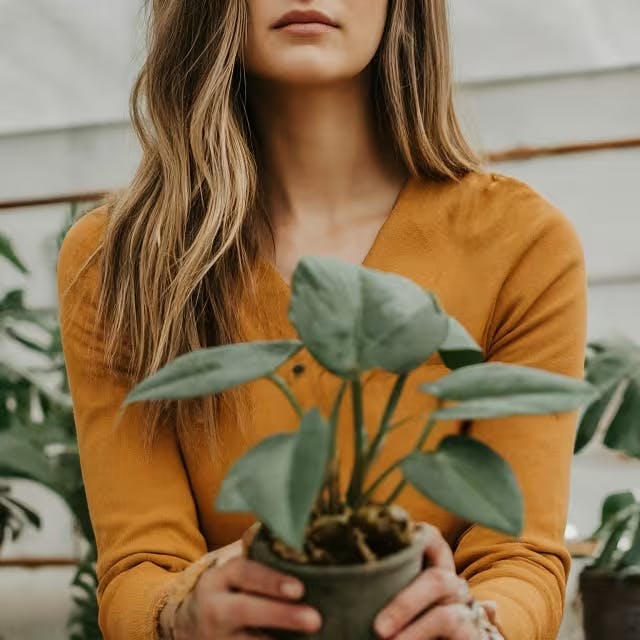
How to Create Your Own Potting Mix at Home
Creating your own potting mix allows for a tailored approach to meet the specific needs of your plants. Whether you're in for seed starting or nurturing potted plants, a DIY approach can be both rewarding and beneficial. Here's a simple guide to crafting a basic yet effective mix at home:
Peat or Coco Coir: These provide a light, airy structure essential for root growth. They retain moisture well, yet drain excess water, reducing the risk of root rot.
Perlite or Vermiculite: Adding these in enhances drainage and prevents the mix from becoming too dense. Perlite suits plants preferring dry conditions, while vermiculite is ideal for those needing more moisture.
Compost: A natural source of nutrients, compost enriches the mix. Ensure it's fully decomposed to avoid disease and pests.
Balanced Fertilizer: A sprinkle of a balanced, slow-release fertilizer gives your plants a nutrient boost. Adjust the amount based on plant type and nutritional needs.
For further guidance on providing the best care for your plants, explore tips on ensuring plant health and growth in Transform Your Black Thumb into a Green Thumb: Essential Tips.
Linking all these components is an art and a science that enhances your gardening experience, making every season more rewarding. To delve deeper into creating and customizing potting mixes tailored to specific plants and gardening goals, the wealth of information is available at Creating Your Own Potting Media.
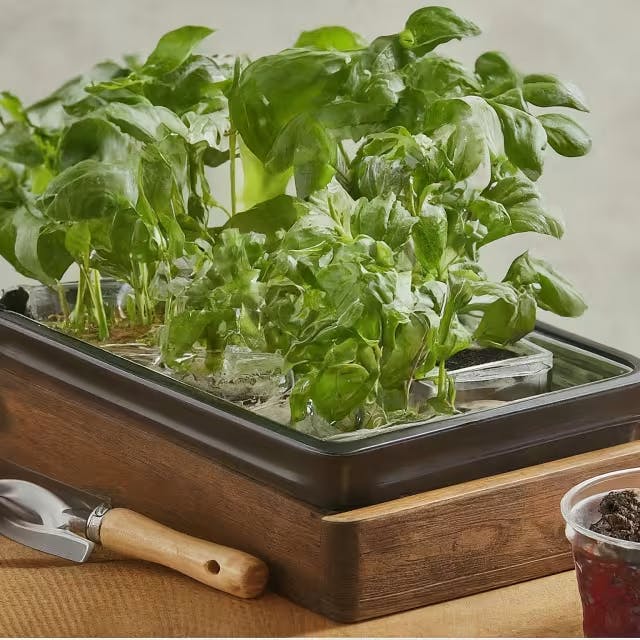
Choosing the Right Ingredients for Your Seed Starting Mix
Creating your own DIY seed starting and potting mix empowers you to control your garden's beginnings. Starting with a well-balanced mix is crucial for seed germination and plant growth. Here's a guide to selecting the perfect components:
Peat Moss or Coconut Coir: These serve as the base, helping in moisture retention and aeration. Coconut coir, a sustainable alternative to peat moss, offers similar benefits without the environmental downsides.
Vermiculite: This mineral expands with heat, creating a lightweight addition that enhances water retention and aeration.
Perlite: The white, popcorn-like bits in potting mixes improve drainage, preventing waterlogged conditions detrimental to seedlings.
Compost: A spoonful of well-aged compost provides nutrients that kickstart growth. Ensure it's fully decomposed to avoid introducing pathogens or weed seeds.
For seasoned advice on keeping your plants thriving after they sprout, consider the insights from "Transform Your Black Thumb into a Green Thumb: Essential Tips".
Lastly, understanding when to transition your garden for other seasons is crucial. For fall preparations that ensure a vibrant post-warm-season garden, check out "Preparing Your Garden for Fall: Tips and Tricks".
By selecting the right ingredients for your DIY seed starting and potting mix, you provide a solid foundation for garden success. Tailoring the mix to your garden's needs empowers your green thumb, leading to a robust, flourishing garden.

The Benefits of DIY Potting Mix for Your Garden
Creating your own potting mix not only provides a cost-effective solution for your gardening needs but also allows for a tailored approach to suit specific plant requirements. This customization is crucial for ensuring your plants thrive, as various species demand different soil structures and nutritional profiles.
For instance, a DIY succulent soil mix, as shared by Amy Andrychowicz on Get Busy Gardening, highlights how off-the-shelf solutions often fall short in terms of drainage – a critical factor for succulents. By selecting your ingredients, such as a well-draining base combined with perlite for added aeration, you craft a medium that promotes healthy root development and prevents overwatering.
Here's a simplified guide to making your own potting mix:
Base material: Choose between peat moss or coconut coir as your main ingredient to retain moisture.
Drainage aids: Perlite or sand prevents compacting, ensuring your plants’ roots have room to breathe.
Nutrient sources: Incorporate compost or worm castings to feed your plants over time.
Remember, experimenting with these components allows you to create a blend that ideally supports the plants you're growing. Additionally, by incorporating DIY potting mix into your gardening practices, you align with principles of sustainable living, reducing reliance on commercially produced mixes that often come in plastic bags.
For those delving into seed starting, a homemade mix ensures your young plants get the best start. Mixing garden loam, sand, peat moss, vermiculite, and perlite in correct proportions provides a sterile, lightweight environment ideal for seed germination. Adding slow-release fertilizers or specific nutrients, and adjusting pH with limestone, further enhances growth. Learn more about creating the perfect environment for your plants with tips from experts in Transform Your Black Thumb into a Green Thumb: Essential Tips.
Embrace the joy of personalizing your gardening journey by crafting your potting mix. Not only does this elevate your gardening game, but it also fosters a deeper connection with the plants you nurture.
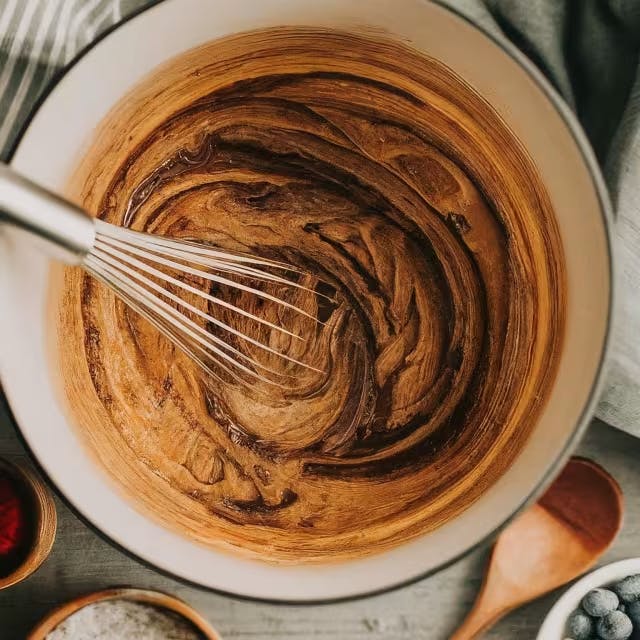
Step-by-Step Guide to Mixing Your First Batch
Creating your DIY seed starting and potting mix is easier than you might think and quite rewarding. Let's dive into the process, ensuring you're equipped to make a nutrient-rich blend that'll give your seeds the best start.
Gather Your Ingredients: You'll need three main components – peat moss or coconut coir for moisture retention, perlite for aeration, and compost for nutrients.
Measure Your Components: A simple, yet effective mix can consist of:
1 part peat moss/coconut coir
1 part perlite
1 part compost
Mixing: Use a large container to mix your components thoroughly. A garden fork or your hands are perfect for this, ensuring even distribution.
Moistening Your Mix: Before using, lightly moisten your mixture with water. It should feel like a well-wrung sponge, moist but not soggy. This step is crucial for promoting seed germination.
Filling Containers: Now that your mix is ready, fill your seedling trays or pots, avoiding compaction. This ensures the delicate roots can easily grow through.
Sowing Seeds: Plant your seeds according to the packet's instructions. Remember, depth is crucial—too deep, and your seeds might not germinate.
Labeling: Always label your pots or trays. It's easy to forget what you planted where, especially if you're starting multiple varieties.
Watering: Use a fine mist to water newly planted seeds. This method avoids displacing the seeds or the mix.
Patience and Care: Provide your seeds with consistent moisture and warmth, and in no time, you'll see the first signs of life.
Starting your seeds in a homemade mix not only saves money but also gives you control over your gardening process. And remember, healthy plant growth also depends on other factors such as sunlight, water, and nutrients. For further insights into ensuring your plants thrive from seed to harvest, check out additional tips on transforming your black thumb into a green thumb.
By following these straightforward steps, you're well on your way to a rewarding growing season. Here's to the joy and satisfaction that comes from nurturing your plants from the very beginning. Happy gardening! In conclusion, crafting your own DIY seed starting and potting mix enables gardeners to foster optimal growth conditions from the outset, ensuring plants thrive. By combining knowledge of essential ingredients with a tailored approach to meet specific plant needs, gardeners can maximize the health and yield of their plants. Moreover, this DIY approach supports sustainability, making it a beneficial choice for both your garden and the environment.
Frequently Asked Questions
What ingredients are essential for making your own DIY seed starting and potting mix for gardeners?
To create your own DIY seed starting and potting mix, you'll need:
Peat Moss or Coconut Coir: Provides moisture retention and a light base.
Vermiculite or Perlite: Aids in aeration and drainage.
Compost: Adds essential nutrients for plant growth.
Ensure to mix these components thoroughly for a balanced starting medium that supports healthy seed germination and plant development.
How does creating your own potting mix benefit plant growth and gardening efforts?
Creating your own potting mix allows for a custom approach tailored to your plants' specific needs, potentially enhancing growth and vitality. By selecting the right balance of ingredients such as peat moss or coconut coir, perlite, and compost, you ensure optimal moisture retention, aeration, and nutrient supply. Additionally, making your potting mix can be more cost-effective over time and allows you to adjust the mix as your gardening skills and plant collection grow, leading to a more successful and fulfilling gardening experience.
What are the steps for preparing DIY seed starting mix to ensure successful germination?
Creating your DIY seed starting mix involves mixing peat moss or coconut coir for moisture retention, perlite for aeration, and compost for nutrients in equal parts. Thoroughly combine these components, moisten the mix slightly before use, and fill your seed containers without compacting. Sow your seeds as directed, label everything, and maintain consistent moisture and warmth. This method provides your seeds with an ideal environment for germination and early growth, paving the way for a successful gardening season.
How can gardeners tailor their DIY potting mix recipes to meet specific plant needs?
To tailor DIY potting mix recipes for specific plant needs, gardeners should focus on three main components: peat moss or coconut coir for moisture retention, perlite or vermiculite for aeration, and compost for nutrients. Adjust the ratio of these ingredients based on whether your plants require more moisture or better drainage. For nutrient-rich plants, increase the compost component, and for succulents or cacti, increase perlite for better drainage. This customized approach ensures that each plant gets the right foundation for growth.
Why is it important to consider the quality and source of seeds when starting your garden indoors?
Considering the quality and source of seeds when starting your garden indoors is vital due to several reasons:
High-quality seeds from reputable sources ensure better germination rates and plant health, providing a strong start.
Seeds adapted to your climate promote growth and yield.
Non-hybrid or heirloom seeds allow for saving and reusing seeds, preserving plant diversity.
Careful selection supports the success and sustainability of your indoor gardening efforts.